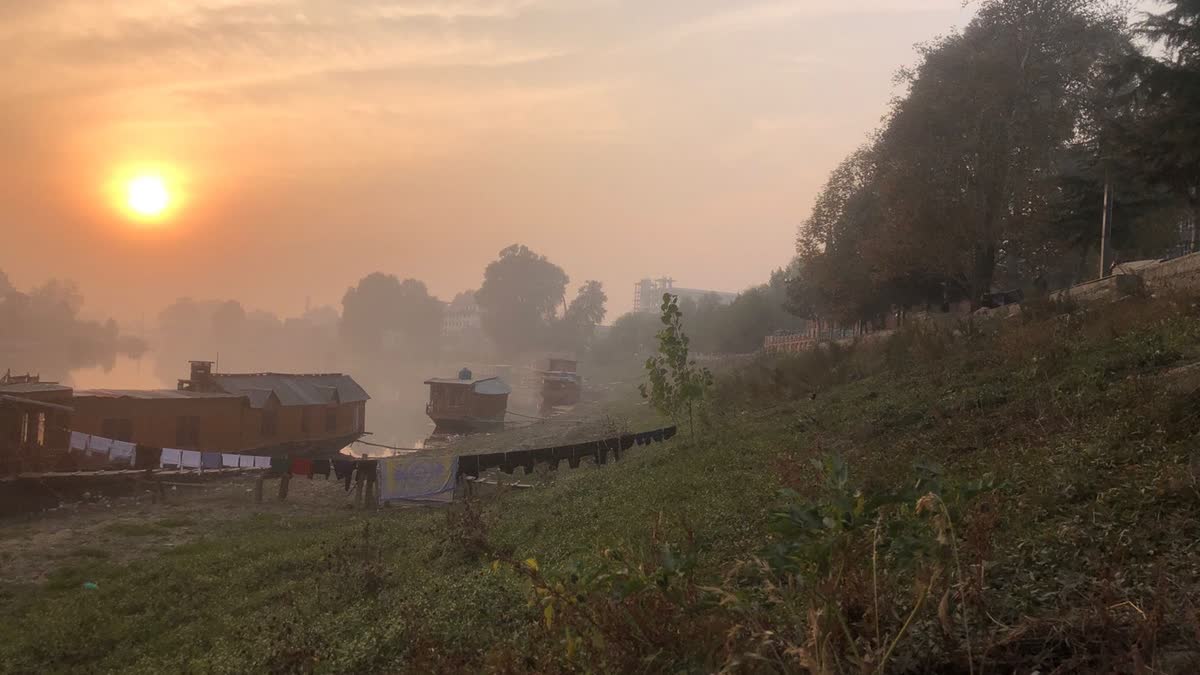Srinagar: An extended dry spell has sharply lowered water levels in major reservoirs across the Valley, raising concerns over water supply stability and an increased risk of forest fires, officials and weather experts said on Thursday.
The ongoing lack of precipitation has left the region's water sources strained, with Jal Shakti department officials acknowledging a notable drop in reservoir levels. Despite this, they are cautiously optimistic that a shift in weather patterns could eventually bring some relief. "The extended dry weather has depleted reservoir levels, affecting the supply in various locations," a Jal Shakti official said. "But we expect these levels to improve as conditions change."
With water levels diminishing, the department has implemented strategies to manage the available reserves more effectively. Officials explained that recharges are being conducted in the morning and evening hours to maintain a balanced distribution, reducing the likelihood of immediate shortages. Daytime water flows are minimised to preserve reserves and allow for recharges to stabilize the overall supply.
"We're working hard to sustain supply levels by strategically recharging at specific intervals and minimising daytime flow," an official said.
According to a statement from the Irrigation and Flood Control department, the water level of the Jhelum River at Sangam dropped to -0.82 feet yesterday, marking the lowest reading ever recorded at this station. "At Pampore, the gauge showed -1.75 meters, while at Ram Munshi Bagh in Srinagar, it was 1.28 feet, and at Asham, it measured 1.15 feet."
The statement further said, "Several Jhelum tributaries also reported record-low levels. The Vishow Nallah at Khudwani registered at 2.31 meters, the Rambiyara Nallah at Wachi was at -0.45 meters, the Lidder Nallah at Batkoot was at 0.61 meters, the Doodhganga Nallah at Barzulla read 0.61 meters, and Sindh Nallah at Doderhama was at 0.02 meters."
Meanwhile, the Meteorological Department (MeT) has predicted that the dry spell is likely to persist for at least five more days. An official noted that a weak Western Disturbance could bring isolated light rain or snow to some areas around November 11, but warned that this would likely provide only limited relief. "Another potential weather system may impact Jammu and Kashmir around November 14, but it's too early to gauge its intensity."
"The current forecast suggests that any significant break in this dry weather is unlikely in the short term, but there may be slight relief as these systems move through the region," the MeT official said, adding, "the risk of forest fires is rising due to the extended dryness. With more shedding and dried-out vegetation, the potential for fire has become a pressing concern."
Read more:



